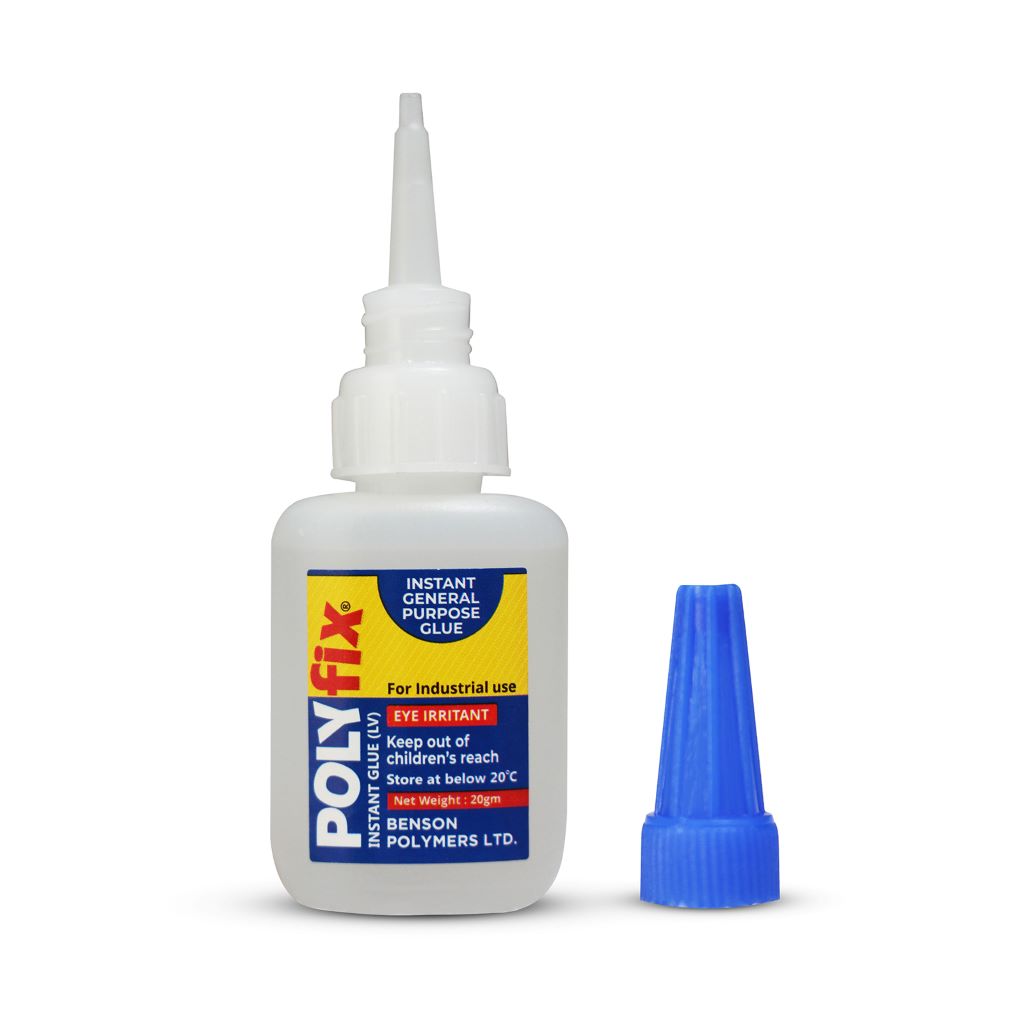
In the diverse world of adhesives, one compound stands out for its unique properties and wide range of applications: ethyl cyanoacrylate. This powerful adhesive has gained significant popularity due to its exceptional bonding strength and quick-drying nature. In this article, we will explore the characteristics, uses, and benefits of ethyl cyanoacrylate. We will dive deep into its composition, working mechanism, and the various industries that it serves. So, let’s unravel the story of this remarkable adhesive.
Understanding Ethyl Cyanoacrylate
Ethyl cyanoacrylate is a type of glue commonly known as “super glue” or “instant adhesive.” It belongs to the cyanoacrylate family, which consists of various adhesives with similar chemical compositions. Ethyl cyanoacrylate is specifically derived from the esterification of cyanoacrylic acid with ethyl alcohol. This process results in a clear liquid with a low viscosity, allowing it to flow easily and bond quickly.
How Does Ethyl Cyanoacrylate Work?
When gluing EVA foam, it’s important to consider the type of adhesive being used. Ethyl cyanoacrylate can be an effective option, as it undergoes a rapid polymerization reaction when it comes into contact with moisture. This reaction forms long chains of molecules that create a strong and durable bond between two surfaces. The presence of moisture acts as a catalyst, triggering the adhesive’s curing process and allowing it to harden within seconds.
Applications of Ethyl Cyanoacrylate
Ethyl cyanoacrylate finds its utility in a wide range of industries and everyday applications. Let’s explore some of its most common uses:
1. Household Repairs and DIY Projects
Ethyl cyanoacrylate is an indispensable tool for quick fixes and repairs around the house. Whether it’s reattaching a broken ceramic figurine or fixing a loose tabletop, this adhesive provides a rapid and reliable solution. Its ability to bond various materials, including plastics, metal, glass, and rubber, makes it a versatile choice for DIY enthusiasts.
2. Automotive Industry
In the automotive sector, ethyl cyanoacrylate plays a crucial role in the assembly and repair of vehicles. It proves useful in bonding small parts, such as side mirrors, dashboard trims, and interior components. The adhesive’s ability to withstand vibrations, temperature fluctuations, and exposure to various solvents makes it an ideal choice in this demanding industry.
3. Electronics and Electricals
With the ever-growing electronics industry, ethyl cyanoacrylate emerges as a fundamental adhesive. It enables the quick and reliable bonding of delicate electronic components, such as circuit boards and wires. The adhesive’s fast-curing property ensures minimal downtime and enhances the overall productivity of manufacturing processes.
4. Medical Applications
Ethyl cyanoacrylate finds extensive use in medical applications, particularly in wound closure. Its ability to create strong and invisible bonds in seconds makes it an attractive alternative to traditional sutures or staples. The adhesive is also known for its antimicrobial properties, reducing the risk of infection. However, it should be noted that medical-grade cyanoacrylate adhesives are specially formulated and differ from the consumer-grade counterparts.
5. Crafts and Hobbies
Crafters and hobbyists greatly benefit from using ethyl cyanoacrylate in their projects. Whether it’s designing intricate models, assembling jewelry, or creating artwork, this adhesive provides a strong bond without leaving any visible marks. Its precise application and quick-drying feature make it an ideal choice for detailed work.
The Advantages of Ethyl Cyanoacrylate
Ethyl cyanoacrylate offers several advantages that make it a preferred adhesive in numerous industries. Some prominent benefits include:
- Fast Bonding: Ethyl cyanoacrylate forms a strong bond within seconds, reducing assembly or repair time significantly.
- Versatility: It can bond a wide range of materials, including metals, plastics, ceramics, and rubber.
- Durability: Once cured, the adhesive provides a long-lasting bond that withstands stress, temperature variations, and moisture exposure.
- Minimal Residue: Ethyl cyanoacrylate dries clear and leaves minimal or no residue, ensuring a clean and aesthetically pleasing finish.
- Precision Application: The adhesive is available in various formulations, including gel and liquid, allowing for precise and controlled application in different scenarios.
- Simplicity and Convenience: Ethyl cyanoacrylate does not require the use of additional tools or mixing. It is ready to use straight from the bottle, making it a convenient choice for users.
Frequently Asked Questions (FAQ)
Q1: Is ethyl cyanoacrylate safe to use?
A1: Ethyl cyanoacrylate is generally considered safe when used as directed. However, it is essential to follow the manufacturer’s instructions and take necessary precautions, such as using it in a well-ventilated area and avoiding contact with skin and eyes.
Q2: How do I remove ethyl cyanoacrylate adhesive?
A2: To remove ethyl cyanoacrylate adhesive, you can soak the bonded area in acetone or use nail polish remover that contains acetone. Gently rub the adhesive until it starts to dissolve, and then peel or scrape it off.
Q3: Can ethyl cyanoacrylate be used for outdoor applications?
A3: While ethyl cyanoacrylate exhibits excellent bonding properties, it may not be suitable for prolonged exposure to direct sunlight and extreme weather conditions. For outdoor applications, it is advisable to choose a specialized adhesive designed to withstand outdoor elements.
Q4: Can ethyl cyanoacrylate be painted over?
A4: Yes, ethyl cyanoacrylate can be painted over once it has fully cured. However, proper surface preparation and the use of paint compatible with the adhesive should be ensured for optimal results.
Q5: Are there any alternative adhesives to ethyl cyanoacrylate?
A5: Yes, there are alternative adhesives available, each with specific properties and applications. These include epoxy, polyurethane, and silicone adhesives, among others. The choice of adhesive ultimately depends on the specific requirements of your project.
Conclusion
Ethyl cyanoacrylate continues to be an essential adhesive in various industries and everyday applications. What is a tile mosaic? It’s a creative art form that often relies on Ethyl Cyanoacrylate adhesive due to its quick bonding, durability, and compatibility with various materials, making it a top choice for mosaic enthusiasts. Its application extends from household repairs to the medical field, showcasing its versatility and reliability. So, next time you need a strong and efficient adhesive, consider reaching for a bottle of ethyl cyanoacrylate – it’s an adhesive that truly sticks!

